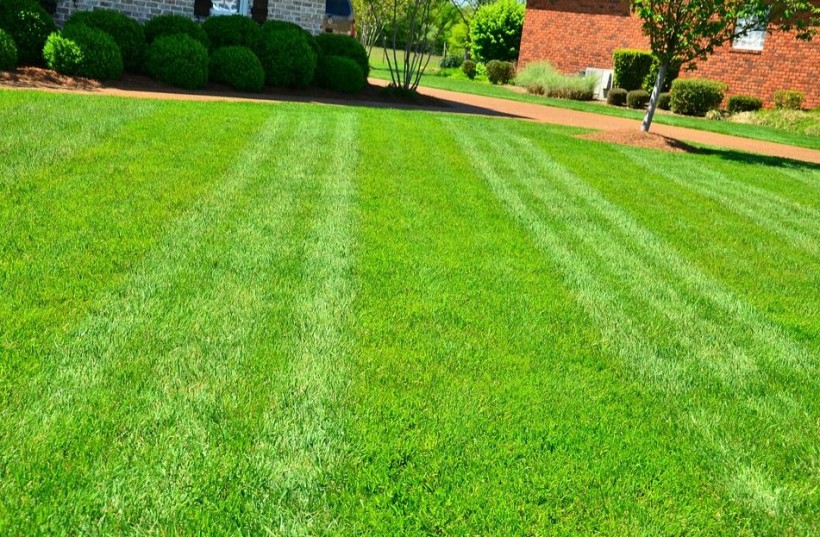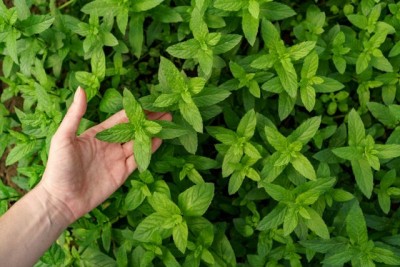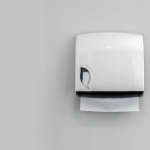How to Maintain a Healthy, Weed-Free Lawn
Warning: Undefined variable $post in /home/dietofli/public_html/wp-content/plugins/code-snippets/php/snippet-ops.php(584) : eval()'d code on line 3
Warning: Attempt to read property "ID" on null in /home/dietofli/public_html/wp-content/plugins/code-snippets/php/snippet-ops.php(584) : eval()'d code on line 3
The estimated reading time is 6 minutes
Warning: Undefined variable $post in /home/dietofli/public_html/wp-content/plugins/oxygen/component-framework/components/classes/code-block.class.php(115) : eval()'d code on line 3
Warning: Attempt to read property "ID" on null in /home/dietofli/public_html/wp-content/plugins/oxygen/component-framework/components/classes/code-block.class.php(115) : eval()'d code on line 3

Everyone loves a beautiful and healthy lawn that is weed-free. Yet, only a few people know how to maintain their lawns. A weed-infested lawn indicates that the grass underneath is suffering and you should act immediately to stop the weed from spreading.
Having a healthy, weed-free lawn can sometimes be challenging. It requires dedication to ensuring that all weeds are kept at bay. So, how do you maintain a healthy weed-free lawn? Well, read on to know the tips that you can use to restore the image of your once beautiful garden.
Dethatch the Lawn
You probably don’t know this, but, organic matter like grass blades and thatch often form a pleasant environment for weeds to thrive. The dead patches that often result from open spaces and turfs create an ideal environment for weed growth. So, if you notice any organic accumulation, you should immediately dethatch the lawn.
Always do a thorough inspection of your lawn and identify spots and areas with an intense accumulation of dead organic matter. If you have a small lawn, you can dethatch affected sections with a thatching rake. For large lawns, use a power dethatcher to remove all unwanted organic matter.
Don’t expect your lawn to look amazing immediately after dethatching it. At first, it will look terrible, but in a few weeks, fresh grass will grow, and the lawn will regain its beautiful, healthy look. (1)
Eliminate the Existing Weeds
One good thing with weeds is that you can easily spot them when they grow on your lawn. The first step that you should do is to get rid of them before they spread to other sections of the lawn. You can do this by merely uprooting them by hand. If you have a large lawn, you can use a hoe or handheld weeder to do the job.
However, sometimes you may notice the weed infestation when it’s too late. If there are a lot of weeds on your lawn, it may be difficult to uproot them by hand. In such instances, you should use a weed killer from a reputable company. Always research before picking the right weed eater. Otherwise, you may end up incorporating herbicides that don’t have any effect on the weeds that are growing on the lawn. To prevent the entire damage to the lawn, always follow the manufacturer’s prescription when using herbicides. (2)
Incorporate Lawn Aeration
Lawn aeration depends on the root condition of the grass growing on it. To affirm that it needs aeration, dig a square foot of the lawn and inspect the grassroots. For a healthy lawn, the grassroots should go 2-inches deeper into the soil. If not, then you should organize a lawn aeration.
It is advisable to water your lawn about 2-3 days before you aerate it. Also, stop using any weed eater herbicides a few days before the aeration procedure. After that, you can now use a core aerator to perform the lawn aeration process. If you don’t have one, you can always hire from reputable hiring companies.
Once you’re done with the lawn aeration, apply a thin layer of sand or compost manure to the lawn area.
Organize Grass Replanting On Bare Areas
Once you’re done with weeding, dethatching, and lawn aeration, there will be certain areas of the lawn that will remain devoid of grass. Mark such sections and replant grass to make the lawn even. You should always apply excess seeds into uneven areas.
During cold seasons, you can use grass seeds such as fescue, bluegrass, or Kentucky. If you are replanting during the warm season, use Bermuda or Zoysia grass seeds. For even seed application, use a broadcast seed spreader.
Water and Feed Your Grass Lawn Consistently
For healthy grass growth, you should be consistent with water application. Most homeowners often forget to water their grass lawn during periods of drought. As a result, the grass may wither away due to a lack of water.
It’s also essential that the grass is fed with the crucial nutrients that facilitate its growth. This is another area where homeowners go wrong. They often feel that once the grass has started growing, then there’s no need for applying fertilizer.
However, you shouldn’t apply just any fertilizer. Some fertilizers may damage your lawn if you don’t apply them correctly. So, always seek the advice of a qualified landscaper before picking the right fertilizer to use on the grass lawn.
For efficient watering, you can install a technologically-advanced sprinkler system that has a timer and a rain sensor. This will ensure that the lawn isn’t under-watered or over-watered.
Watering and applying fertilizer to your grass lawn will keep it healthy and weed-free. A good home lawn should have green grass throughout the year.
Cut the Height of Your Grass Appropriately
Cutting the grass on your lawn to the appropriate height depends on the type of grass planted.
If your lawn is rich in cool-season grass, then you should cut it to 1½-inches during the first mowing. This way, you’ll remove dry and dead grass and also allow for sunlight to penetrate the grass’ crowns. You can then adjust the cutting height to about 2-inches during the summer. At the end of the year, you can now return to the usual cutting height of 1½-inches.
Always use a mower with sharp blades when trimming your grass. Dull-blade mowers only tear through the grass hence damaging your lawn by accumulating yellow grass that’s susceptible to diseases.
A complete home should have a lawn that is weed-free and healthy throughout different seasons of the year. If you want a healthy weed-free lawn, then you must be prepared to work for it. Maintaining a lawn is quite simple, especially if you develop an interest in the outcome. The tips mentioned above will guide you in your lawn-restoration journey. You only need to sacrifice some time to make your lawn the envy of your neighbors. So use these lawn-maintenance tips and join the team of homeowners who have healthy and weed-free lawns.














